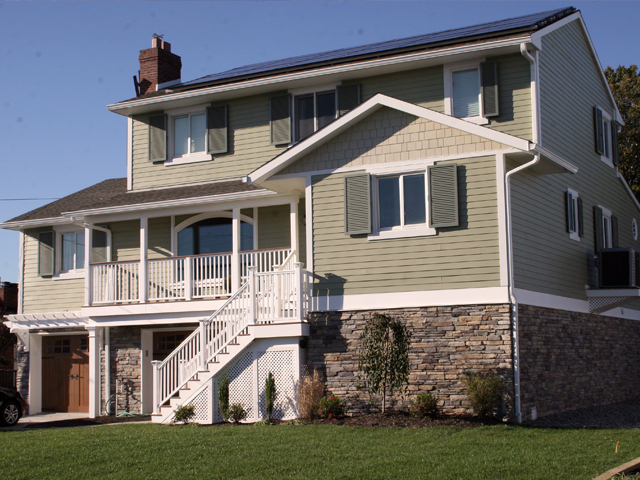
To ensure that breakaway walls withstand forces from wind and everyday use, yet collapse under storm conditions, current NFIP regulations require that a breakaway wall shall have a design safe loading resistance of not less than 10 and no more than 20 pounds per square foot. A breakaway wall is a wall that is not part of the structural support of the building, intended through its design and construction to collapse under specific lateral (wind and water) loading conditions without causing collapse, displacement, or other structural damage to the elevated portion of the building or supporting foundation system. Uses such as parking of vehicles, building access, or storage are permitted, as long as the walls of any enclosures are designed as "breakaway". In recognition of the desirability of using the sheltered space beneath elevated structures, NFIP regulations permit certain limited uses of enclosed space below the BFE.
#Spec on breakaway walls free
When the space below the lowest elevated floor is maintained free of solid obstructions as well, the potential for damage from waves or debris is further reduced. However, they should be informed that this will result in higher insurance premiums.1 Breakaway Walls Elevation of a structure on a properly designed foundation reduces the potential for water damage from flooding. Homeowners are permitted to enclose areas below the BFE with breakaway walls. For unnumbered Zone V, use Submit-for-Rate procedures.

Use the rates from Table 3F provided that the enclosure is less than 300 square feet with solid breakaway walls, or any machinery or equipment is below the BFE. Machinery or equipment below the lowest elevated floor is also below the BFE. The area below the lowest elevated floor is enclosed by a combination of 2 or more solid breakaway walls, the remaining sides constructed of insect screening, or wooden or plastic lattice, slats, or shutters.Ĭ.

The area below the lowest elevated floor is enclosed fully by solid breakaway walls.ī. For unnumbered Zone V, use the Submit-for-Rate procedures.īuildings are rated “With Obstruction” if any of the following conditions are met:Ī.

Machinery or equipment below the lowest elevated floor must be at or above the BFE. In addition, buildings are considered without obstruction if the area below the lowest elevated floor is enclosed by a combination of 1 solid breakaway wall or garage door, and the other sides of the enclosure are insect screening, or wooden or plastic lattice, slats, or shutters. Lattice can be no thicker than 1/2 inch slats or shutters can be no thicker than 1 inch. Wooden or plastic lattice, slates, or shutters are also permissible if at least 40 percent of their area is open. The area below the lowest elevated floor is open, with no obstruction, to allow the flow of floodwaters.
#Spec on breakaway walls manual
The most recent (May 1, 2013) Manual may be accessed at. (Note: The italicized text below is from the Manual. In accordance with the NFIP Flood Insurance Manual, insurance companies may charge higher premiums for an “elevated building with obstruction.” The Flood Insurance Manual contains the following guidelines. The use of breakaway walls in a V zone is one of these disconnects. However, there are certain identified “disconnects” between what is allowed by law and what may result in higher insurance premiums.
#Spec on breakaway walls code
BREAKAWAY WALLS IN THE V ZONE A “HEADS UP” FOR HOMEOWNERSīreakaway walls are allowed both by the International Residential Code and by the National Flood Insurance Program (NFIP) rules.


 0 kommentar(er)
0 kommentar(er)
